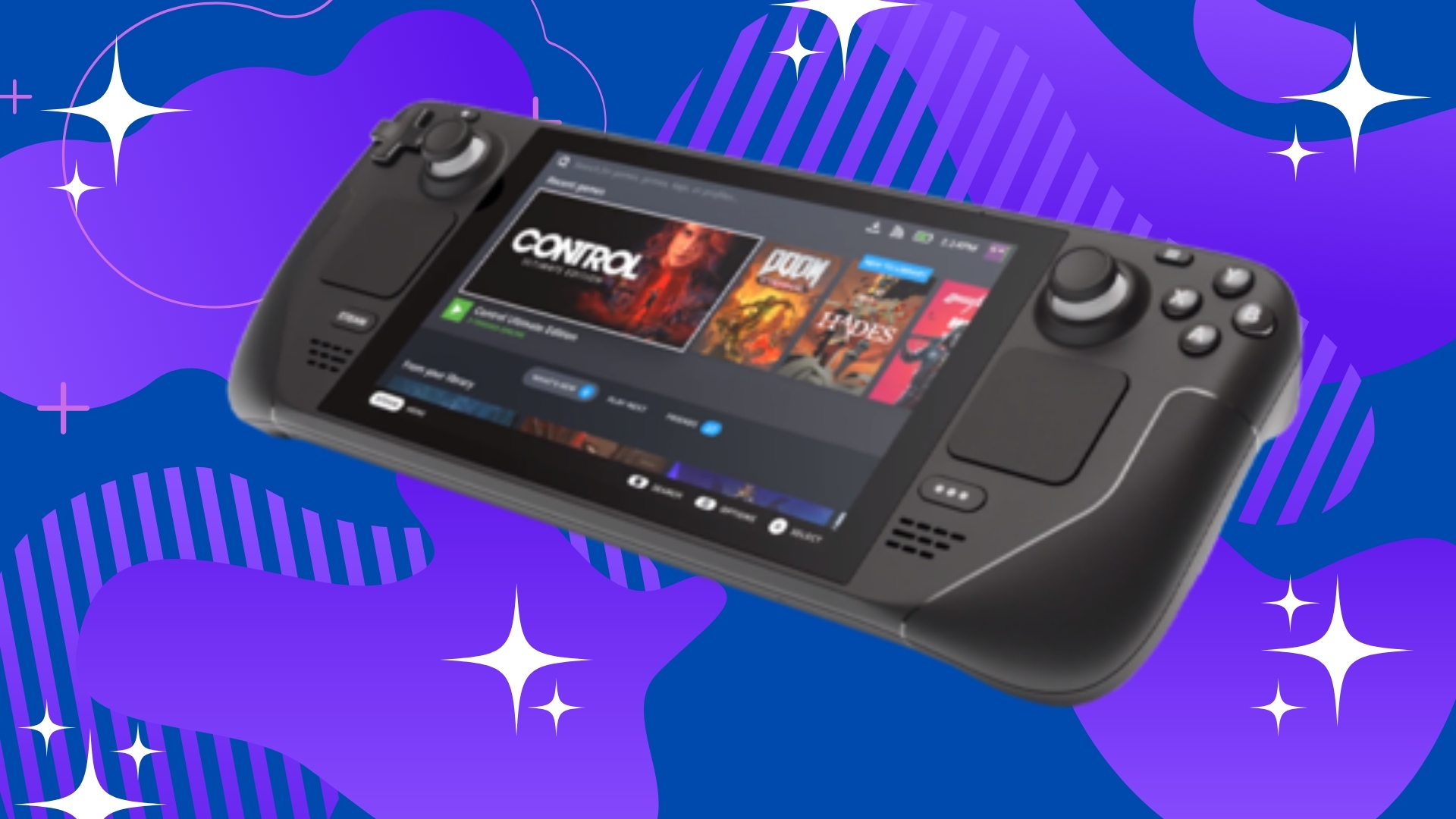Steam Deck battery life could be improved by this smart graphics tech
Here’s yet another reason not to worry about battery longevity

Here’s some more good news to fend off the battery life concerns recently aired about the Steam Deck, as it seems another feature is set to come to the handheld PC to boost its battery longevity.
Namely Variable Rate Shading (VRS), which has made the cut to be included with the Mesa Radeon Vulkan driver, and as Phoronix reports, that should be released around May or June time.
It should then find its way to SteamOS 3.0, the operating system of the Steam Deck – remember, Vulkan is the API of choice with Valve’s Linux-powered hardware (DirectX games will use a translation layer) – and subsequently benefit games on the portable PC by reducing their power usage.
What VRS does is tweak the game’s shading rate to use less GPU resources (and therefore less power – which means more battery life when playing any given game). The idea with VRS is that shading is downplayed in areas of the screen which aren’t important, like the far edges you’re not really looking at, reducing overall rendering demands while not making any noticeable impact to image quality.
Theoretically, this feature could alternatively be used to push up frame rates, but as PC Gamer points out, Valve’s Samuel Pitoiset has previously said that VRS is going to be targeted at taming power usage on the device. Dynamic VRS will work seamlessly in the background, kicking in if the Steam Deck’s internal temperatures start to rise too much (or indeed perhaps as a battery saver mode, when the battery gets low).
Whatever the case, this tech is firmly aimed at boosting battery life and not frame rates for the Steam Deck.
Analysis: Battery benefits aplenty are inbound
VRS isn’t the only feature incoming for the Steam Deck which aims to preserve battery life, doubtless to the relief of those who’ve been reading recent reports and concerns over longevity stemming from early testing with the Steam Deck.
Get daily insight, inspiration and deals in your inbox
Sign up for breaking news, reviews, opinion, top tech deals, and more.
We’ve also just heard about system-wide FSR which can be applied to any game – meaning even those titles which don’t actually support AMD’s DLSS rivaling tech – and this can help to reduce the demands on the GPU, allowing it to render at a lower resolution and then upscale. Again, this doesn’t hit image quality too much – or shouldn’t do, but then again, system-wide FSR is more problematic than game-specific implementations when it comes to upscaling interface elements like HUD icons and text.
However, even with some caveats, global FSR looks to be a very useful way of applying battery life-saving tweaks. And when it’s backed up by further work by Valve to optimize longevity overall, and then this VRS tech which should come through in the middle of the year – note, we will have to wait for this one – then there’s definite cause for optimism in terms of getting more gaming time on the move.
- These are the best Steam games
Darren is a freelancer writing news and features for TechRadar (and occasionally T3) across a broad range of computing topics including CPUs, GPUs, various other hardware, VPNs, antivirus and more. He has written about tech for the best part of three decades, and writes books in his spare time (his debut novel - 'I Know What You Did Last Supper' - was published by Hachette UK in 2013).